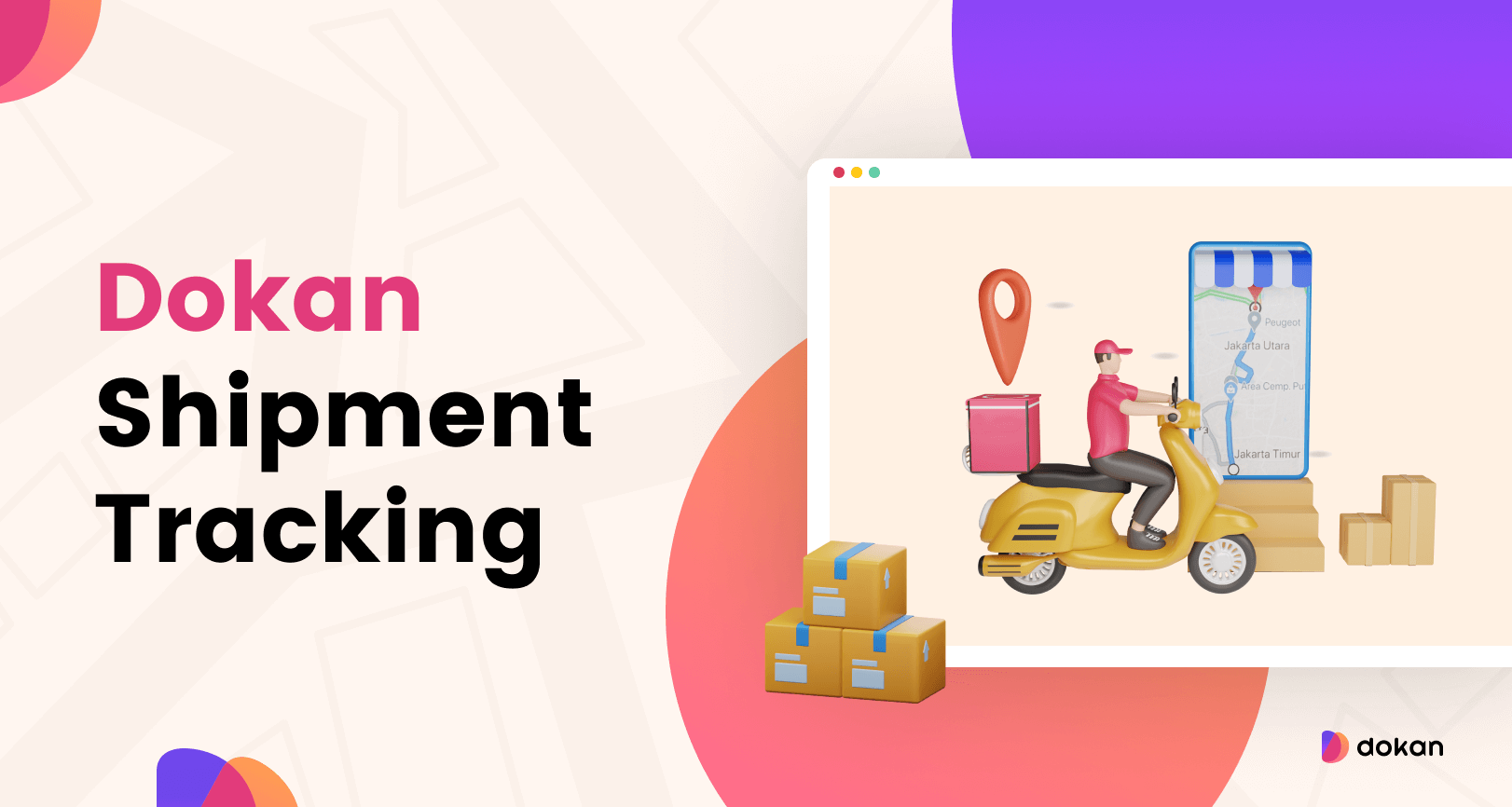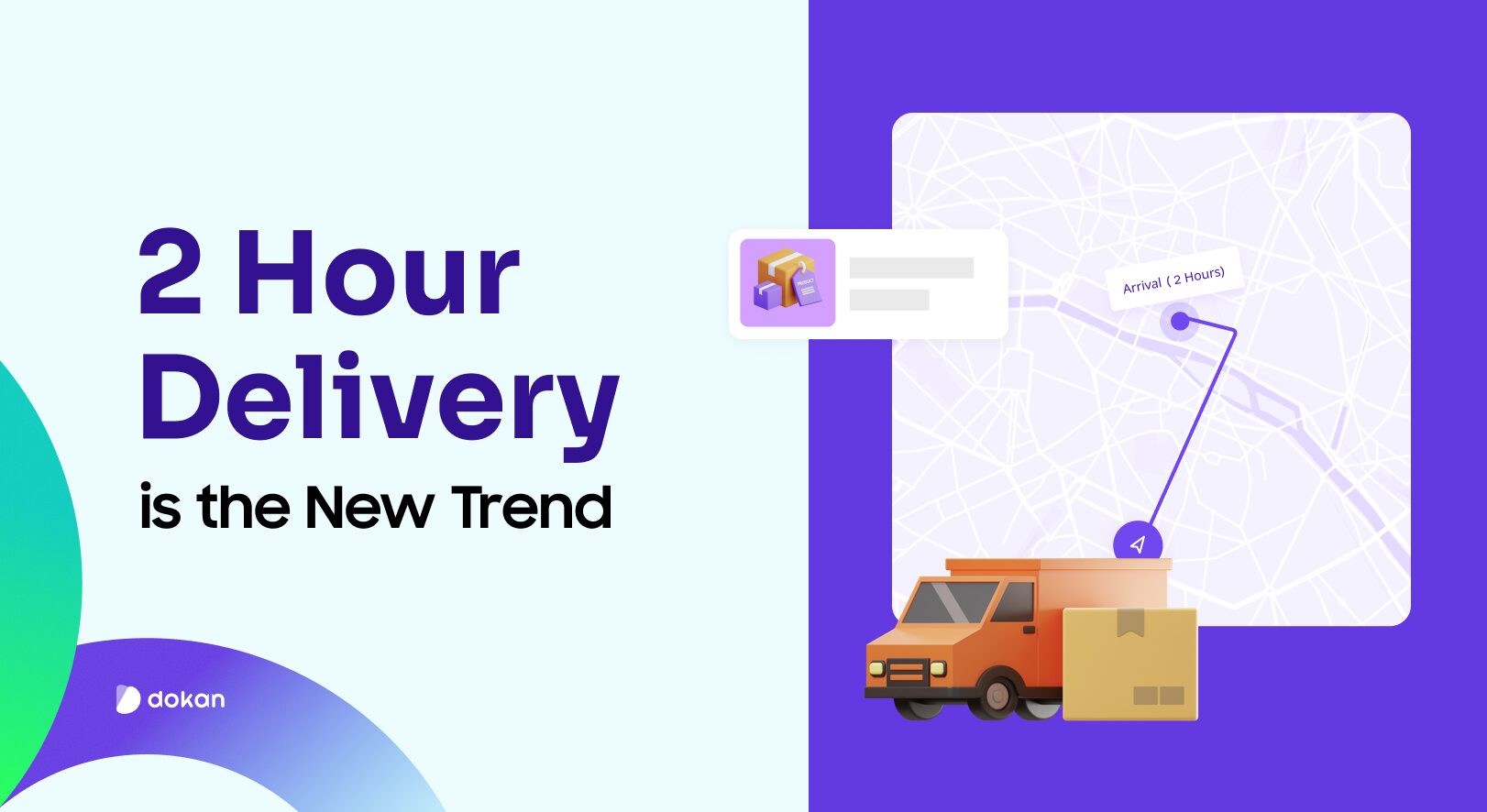When you’re in New York, Chicago, or Miami, you order something online like groceries, a new gadget, or maybe even a late-night snack. It’s at your door in two hours or less. Sounds wild, right?
But in big US cities, this isn’t just a cool perk anymore, it’s what people expect. Two-hour delivery is taking over, reshaping how we shop and how businesses operate.
Let’s see why this is happening, what’s making it possible, and how it’s changing the game for everyone involved.
We will start with-
Why 2-Hour Delivery is Booming
Two-hour delivery used to sound like sci-fi, but now it’s everywhere in major cities. People want stuff fast, and companies are stepping up.
Here’s why it’s become such a big deal-
City Folks Want Instant Gratification
Urban life is go, go, go. Whether you’re a busy professional or a student, waiting days for a package just doesn’t cut it.
A 2020 survey showed 61% of shoppers want their orders in 1-3 hours. For Millennials and Gen Z, it’s even more intense; 67% of them say fast delivery is a must.
They’re used to getting what they want, when they want it, whether it’s a new outfit or a quick meal.
The Pandemic Shifted Expectations
Back in 2020, COVID-19 turned shopping upside down. Everyone started ordering online for essentials like groceries and electronics.

Retailers had to figure out how to deliver fast to keep up. That push made people expect speed, and now 77% of online shoppers want certain items delivered in two hours or less. It’s not just a want, it’s a need.
Big Companies Are Setting the Pace
Amazon, Walmart, and DoorDash are leading the charge. Amazon’s Prime service is a beast, delivering over 50% of orders same-day or next-day in the top 60 US metro areas.
Walmart and Instacart are right behind, offering express delivery for groceries. DoorDash, which owns 65% of the US food delivery market, now delivers everything from snacks to alcohol, making fast delivery feel like the norm.
Urban Life Makes It Easier
Big cities are perfect for 2-hour delivery. They’re packed with people and have solid logistics networks. In 2024, the domestic same-day delivery market accounted for 80% of the total market value, driven by the growth of eCommerce.
Southern cities, like those in Florida and Georgia, hold a 28.7% share because they’re big, busy, and full of tech-savvy shoppers. For example, DoorDash teamed up with Southeastern Grocers in 2021 to bring same-day grocery delivery to the South.
This trend started gaining steam around 2020, when a 300% spike in same-day delivery adoption happened. Now, about 15% of eCommerce retailers offer same-day options, with many aiming for that 2-hour window, especially in cities. It’s not just about convenience, it’s about meeting a new standard that shoppers demand.
What’s Driving the Speed Behind it?
So, how do companies pull off 2-hour delivery? It’s not just fast drivers, it’s a mix of tech and smart setups.
Here’s what’s making it happen.
Super-Smart Technology
Tech is the backbone of fast delivery. AI helps plan the quickest routes, cutting delivery times by up to 30%. Predictive analytics figure out what you might order, so companies can stock it nearby.

Dokan Multivendor plugin has a delivery time module, that enables customers top choose their preferred time for delivery. This is the perfect feature for marketplace owners to join the 2 hour delivery boom in the eCommerce industry.
Real-time tracking lets you watch your package’s every move, like following a friend on a map. Automated warehouses also speed things up, sorting and packing orders in minutes.
Warehouses Closer to You
Companies are building “micro-fulfillment centers” right in cities. These mini-warehouses store popular items, so your order’s just a short drive away.
Amazon’s Same-Day Site Warehouses, now at 45 locations, serve over 1.5 million same-day delivery attempts monthly. They’re aiming for 150 warehouses, making 2-hour delivery even easier.
Drones and Robots on the Rise
The future is here. Amazon’s testing drone deliveries in places like Phoenix’s West Valley, aiming to skip traffic altogether.
Serve Robotics is rolling out AI-powered sidewalk robots in Dallas-Fort Worth with Uber Eats, planning for 2,000 bots nationwide by the end of 2025. These tools make deliveries faster and cheaper.
Competition Pushing Innovation
Big players like Amazon, Walmart, and DoorDash are in a race to outdo each other. Amazon’s partnership with Eli Lilly for same-day medication delivery is a great example; they’re even tackling healthcare.
This pressure forces everyone to innovate, from small startups to retail giants, to keep up with the 2-hour standard. These advancements mean companies can deliver faster than ever. It’s not just about speed; it’s about being efficient and reliable, which keeps customers coming back.
How It’s Changing Shopping and Business
Two-hour delivery is flipping the script for both shoppers and businesses. It’s awesome for some, but tricky for others.
Here’s how it’s shaking things up.
Shoppers Get Spoiled
For city dwellers, 2-hour delivery is a dream. Need groceries for dinner? Done. Forgot a gift? No sweat. It’s a game-changer, especially for younger folks; 67% of Millennials and 63% of Gen Z say food delivery is part of their lifestyle.
But there’s a catch: delivery fees, usually $2-$5, plus service charges up to 15%, can add up. While 33% of shoppers are happy to pay for speed, others find it pricey.
Businesses Face Pressure
Retailers are scrambling to keep up. About 73% of US retailers plan to offer same-day delivery by 2025.
That means investing in AI, warehouses, and drivers to hit that 2-hour mark. But high-order volumes, especially during rush hours, can clog up the system, causing delays or mistakes.
Small Shops Need Partners
Small businesses can’t always compete with Amazon’s deep pockets. That’s where platforms like DoorDash and Uber Eats come in.
They’ve expanded into grocery and retail delivery, letting small shops use their networks to offer 2-hour delivery without building their own systems. It’s a lifeline for staying competitive.
Sustainability Matters
Shoppers, especially younger ones, care about the planet. About 84% want eco-friendly delivery options, with 92% of Gen Z and 87% of Millennials prioritizing green packaging.
Companies are starting to use biodegradable materials and electric vehicles to meet this demand, but it’s still a work in progress. This shift is forcing everyone to rethink how they operate. Shoppers get convenience, but businesses have to hustle to deliver, literally and figuratively.
The Challenges of Going Super Fast
Two-hour delivery sounds amazing, but it’s not always easy. There are some real hurdles to making it work.
Here’s what’s tricky-
Logistics Bottlenecks
About 32% of delivery delays come from processing issues, like orders getting stuck in the system. If you order after 2 PM, it might not ship until the next day.
City traffic and high demand during peak hours can also slow things down, making that 2-hour promise tough to keep.
High Costs in Some Areas
Fast delivery works best in dense cities, where drivers can make multiple drop-offs per hour. In suburbs or rural areas, it’s harder to make the math work, which can hurt profitability.
That’s why 2-hour delivery is mostly a city thing for now.
Keeping It Eco-Friendly
Sustainability is a big concern. Shoppers want green options, but fast delivery often means more vehicles and packaging.
Companies are trying to fix this with electric vans and eco-friendly boxes, but it’s not cheap or easy to scale.
Balancing Speed and Reliability
Speed is great, but if orders arrive late or wrong, customers get frustrated. Companies have to nail both speed and accuracy to keep people happy, which is a tall order during busy times.
These challenges show that 2-hour delivery isn’t perfect yet. Companies are working hard to smooth out the kinks, but it’s a complex puzzle.
What’s Next for 2-Hour Delivery
This trend’s only getting bigger, and the future looks fast. The same-day delivery market could hit $13.1 billion in 2025 and soar to $61.4 billion by 2033, growing at 21.3% annually.
Food delivery alone might reach $483.9 billion by 2032.
Here’s what’s coming-
More Tech Breakthroughs
Drones, robots, and AI will keep pushing the limits. Autonomous vehicles could cut costs and make deliveries even faster.
Companies are already testing these, and by 2030, you might see drones dropping packages at your door regularly.
Greener Deliveries
With 49% of shoppers preferring eco-conscious brands, sustainability is non-negotiable. Expect more electric delivery vans, biodegradable packaging, and even bike couriers in cities.
It’s a win for the planet and for keeping customers happy.
Spreading to Smaller Towns
Right now, 2-hour delivery shines in big metros. But as tech gets better and costs drop, smaller cities and towns will get in on the action.
Companies are already planning how to make this work beyond urban hubs.
New Delivery Types
Fast delivery isn’t just for groceries or gadgets anymore. Amazon’s partnership with Eli Lilly for same-day medication delivery shows how it’s expanding into healthcare.
Expect more industries, like fashion or home goods, to jump on the 2-hour bandwagon. The future’s bright for fast delivery. As tech and demand grow, 2-hour delivery will become even more seamless and widespread.
Wrapping It Up
Two-hour delivery isn’t just a trend; it’s the new standard in big US cities.
Shoppers love the speed, and companies are racing to keep up, powered by tech, urban warehouses, and fierce competition. Sure, there are challenges like costs, delays, and sustainability, but the momentum’s unstoppable.
For businesses, it’s about investing in logistics or partnering with platforms to stay in the game. For consumers, it’s all about convenience, though fees and eco-concerns are things to watch. As the same-day delivery market grows, expect faster, greener, and more accessible options. In bustling metros, 2-hour delivery isn’t the future; it’s right now.
So, next time you order, don’t be shocked if your package beats you to the door!
Subscribe to
Dokan blog
We send weekly newsletters, no spam for sure!







Leave a Reply